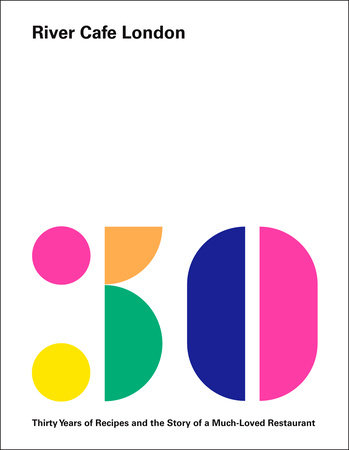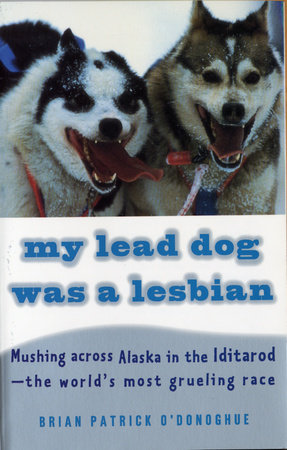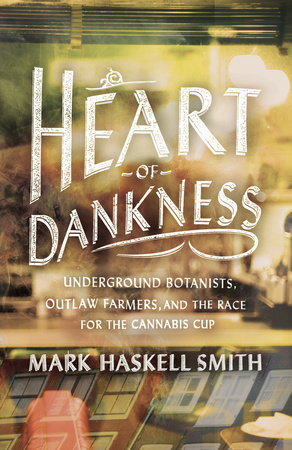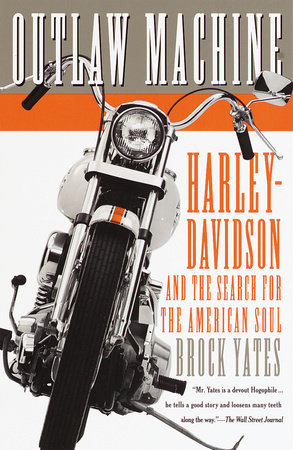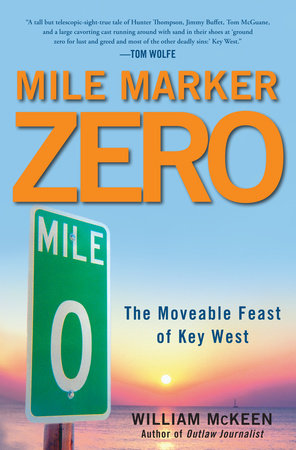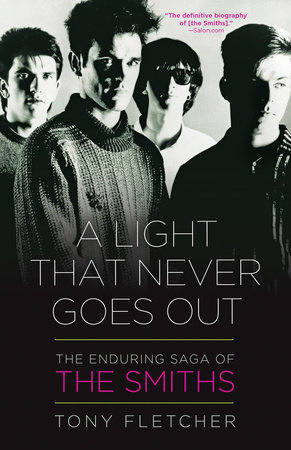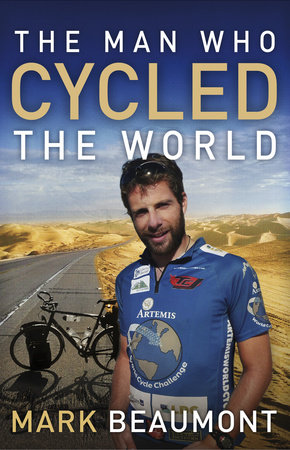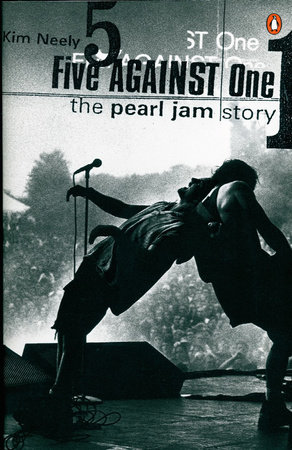Q: How did you decide to work in the Babbo kitchen? A: When I started this project, I was the fiction editor of The New Yorker, and, attended a regular ideas meeting for features and profiles. I had just met Mario Batali. I concluded that he was an insane, eccentric wild man, the likes of which I had never seen in my life: that is, a perfect subject for a New Yorker profile. The idea of working in the kitchen is the kind of thing one might to do to report a piece. But the truth is: it was an excuse for me to work in a kitchen. I’d always wanted to work in a kitchen. And this was a chance.Q: In Heat, you write about many of the young chefs that you got to know working in the kitchen. Where are they now? A: A few people have remained: when I go back to Babbo now, I’ll still see people I worked with. But many people have moved on. Andy Nusser, the executive chef, had been working for Mario for years: first at Po, Mario’s first New York restaurant, and then at Babbo since it opened. He then got the chance to open up his own place, with Mario’s backing, Casa Mono.Tony Liu, who left after Frankie was named executive chef, now runs August in the West Village (it just got two stars and a rave review from Frank Bruni in the New York Times). Holly Burling joined him there. Memo is the executive chef at Dos Caminos, the one on Houston: a great restaurant. Mark Barrett finally returned from Italy and was made the chef at Bread Tribeca. And, recently, has returned to Italy.The truth is: the list is long. The Babbo kitchen turned out to be a kind of boot camp for some of New York’s great cooks who have gone on to run many of New York’s good restaurants.Q: What was your culinary upbringing? A: In college, I cooked tedious variations on The Joy of Cooking, which has probably ruined American cooking forever. My friends and I, in our better moments, did a little bit of Southern cooking. We were Southern exiles, at Berkeley. I got interested in food accidentally, and embarrassingly, and reluctantly, when a friend of mine who knew a lot about food and wine told me to bring a really, really good bottle to a Christmas dinner. I found a bottle of Burgundy that turned out to be amazing. And that completely changed everything. I didn’t know that kind of stuff could go on in your mouth. I tasted it for about three days. And that led to wine and food, and then food.Q: What do you most enjoy about cooking?A: I like lots of things—buying, feeding, nourishing—but, more than anything else, I like the physical act of making food, which seems to satisfy some kind of need both to work with food and work with the hands. One of the unexpected pleasures of being on the line at Babbo as a line cook was the demand to making so many plates well. I don’t know how many I made when I was working at the grill station. Maybe fifty in a night. But each time I completed a plate—each one had its own architecture, its own composition—and then set it up on the pass, where it was inspected by the executive chef and handed to a runner who rushed it out into the dining room, I enjoyed a little buzz of achievement, a tiny moment of happiness at having made something well, even if it was about to be demolished by the hungry person on the other side of the kitchen doors.Q: Do you have a favorite recipe? A: I usually have food obsessions that coincide directly with the seasons. I’m answering these questions on a warm spring morning, so my current food is ramps, the wild leeks that come from the wild areas of upstate New York, but, in a week or so, the ramps will start getting woody, and I’ll be on to the next thing: peas, probably, which offer twenty-five different possibilities (with mint and lemon zest and olive oil, pureed into a summery soup, or served with pea shoots and guanciale and home-made pasta). My favorite meat thing continues to be peposo, the peppery beef dish I learned when I worked in the butcher shop in Tuscany, just because it’s so simple and so surprising and so resoundingly healthy-seeming every time I prepare it. I get two shanks (pretty cheap—they’re not a trendy cut), bone them (or, better, have the butcher butcher bone them), trim off as much connective tissue as I can, cutting the meat into bite size chunks, plop it into a pot, add a whole garlic (chopped up), about three tablespoons of coarsely ground pepper, one tablespoon of salt, a bottle of good chianti, and put it into the oven at low-to-medium temperature (about 225°F), and don’t take it out until the next morning. At home, we eat it while drinking a bottle of the same wine we cooked the meat in. It’s transporting.Q: Where do you do most of your shopping in NYC? A: The Greenmarket. Its virtue is its overwhelming limitation. Farmers are allowed only to sell what they grow. Nothing imported from elsewhere. So, on this same spring day, there is no lettuce, no tomatoes, no fruit except stored apples. There is no citrus. No bananas. In fact, on this particular spring day, the market isn’t so great. But in a week it will change. And in a month it will change again. And by the summer, it will be overwhelming, and everything tasting of the earth it was pulled out off, only the day before, if not that very morning. I love it and go market crazy, often making two trips a day, filling up the fridge and covering the counters and making the whole kitchen into a no-go zone only because there is no room for anything else.Q: In the book, you make some interesting observations about food and American culture. A: The observation is that the mass-marketing of food is killing it. What makes our food so plentiful has ruined what makes it interesting. Basically, if you can refrigerate it and ship it, then it’s ruined. What I learned from all these people in Italy—they’re all extreme in their traditionalism—is how to make food with your hands, and how the kind of food that you can make with your hands is going to be idiosyncratic, expressive, and unique to the place where you are. You’re trying to make food that’s unique to the place it comes from. That’s what it comes down to, in a nutshell. The closer the food is to the place, the more intense the flavors–more vibrant, more alive, more of the earth. Q: But, even in Italy, some foods are becoming less local, right? A: Working with Dario, I discovered that in Tuscany there’s a whole beef culture. In Bologna it’s pasta, in Tuscany it’s beef. They have great traditions and great recipes for preparing beef. But most of the pastures that were used for cattle have been replaced by vines. Wine is now big money. The town of Panzano might have two butcher shops—there might have been six at one time—and three bakeries and two alimentari, grocery stores, but they have eighteen winemakers. It’s great wine, and they’ve always made wine there, but in the past they made wine and grew olives and wheat and corn and raised cattle–lots of different things.Q: You spent a great deal of time in Italy while writing Heat. What do you learn from going to Italy that you couldn’t learn from a cookbook?A: You learn a number of things. For one, there are a lot of Italian orthodoxies. I know that Italian cooking is meant to seem sometimes quite improvised and informal, and you don’t really use measurements. But, actually, it’s highly codified. There are things you do in Bologna, say, that you would never do in Tuscany. When the Maestro finally taught me how to cut beef and was breaking down a cow’s leg and going through each piece, he explained, “In Tuscany, you eat this part with peas and olive oil, but in Umbria you eat it with fava beans and olive oil.” Something about the way he said it told me that you’d never, in Tuscany, eat it with fava beans. It just wouldn’t be done. One night Dario Cecchini and I and my wife and his wife at the time went to a restaurant not far from Dario’s house. He looked at the menu and saw air-dried goose. He threw the menu down, he screamed, he shouted at the owner of the restaurant, he humiliated him in front of a party. He just went berserk. To the restaurant proprietor, Filippo, he said, “Filippo, you have a beautiful panoramic view”—the restaurant was on top of a mountain—“of all of Tuscany. When in your life have you ever seen a goddamn goose in that sky, ever?” And then he threw the menu down. “Cazzo! Cazzo!”In Italy, what you’re really learning is centuries of a culture of producing food in a particular region. As Mario Batali has said, these guys have been doing it pretty well for seven, eight, ten centuries—who’s to think you’re so smart that you can do it better? Here in America, it’s not so codified. One of the things that baffles the Italians who taught Mario is how Mario can be so successful when he does things like put raw eggs on top of his spaghetti carbonara. They were really perplexed. One of them said, “I’ve seen it! I’ve seen it with my own eyes—the eggs were raw! The eggs were raw!”Q: Did your cooking skills change dramatically in your home kitchen after the time at Babbo?A: My skills didn’t change. But I had only one: enthusiasm. I acquired new skills. Lots of skills. I could write a book about the skills I learned. In fact, I tried, which is why this book is so late: I learned about so many skills that I tried to describe them all. It would be boring for me even to list them. Trust me: every single day I learned a new thing. Some days I learned three new things. I’m sure I was learning more. It was, all and all, the most intense learning experience—since when? I don’t know. Since I learned to throw a baseball. A long time.Q: After the experience of working in a kitchen and at a butcher shop were you relieved to return to writing full time? A: Actually, I enjoyed the physical pleasure of working in a kitchen, and I miss it. I don’t miss it enough to start my own restaurant, although the idea recurs, but I’ve certainly enjoyed it enough to want to keep going back to a kitchen in some capacity. And also to the butcher shop. I made a vow to keep returning to Panzano and working with the Maestro every year, even if it’s only for a week or so, and I will keep to that vow.Q: Where will your next culinary adventure take you? A: I want to find myself in a kitchen where I can learn to make desserts. My understanding is that meat cooking is largely intuitive, because you’re dealing with the tissues of living creatures. But pastry is more of a scientific interaction of ingredients in a composed situation. You need specific weights and quantities. You’re setting up a chemical formula with an expected result. It’s a very different kind of attitude. Pastry is the thing I can’t do, so I would like to know how it works. Sugar’s been in the human diet forever, in various forms, but, at some point—when the New World was colonized by Europe and sugar became part of the European cooking tradition—the dessert entered the menu and has since wreaked complete havoc on all the people who eat it. Especially me. I can never stop eating dessert.






